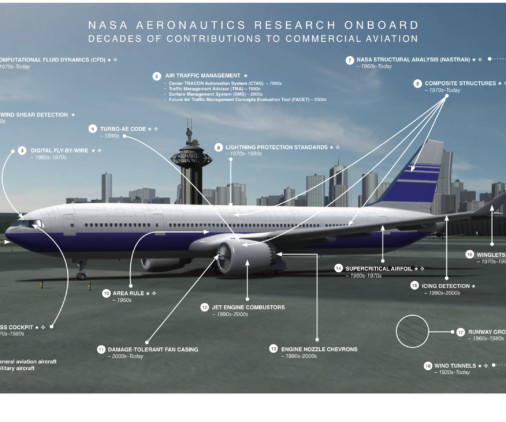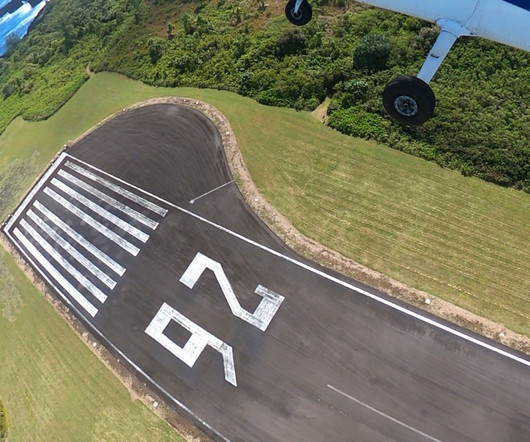Recognising NASA Technology on Modern Airliners
Fear of Landing
MARCH 22, 2024
Airborne Wind Shear Detection During the 1980s and 1990s, NASA led a comprehensive research program to identify the characteristics of dangerous wind shear and validated technologies that can predict its severity while in flight. The original PDF is available for download on NASA’s website.











Let's personalize your content